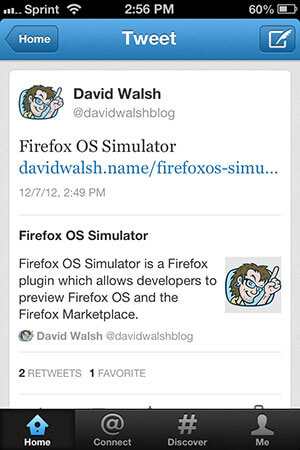O’Reilly Velocity Conference – Santa Clara Giveaway!
O'Reilly Velocity Conference in Santa Clara is right around the bend: June 20-23, 2016. Velocity is boasting an awesome lineup of speakers covering several different topics. Learn to build websites, apps, and services that are fast, scalable, resilient, and highly available!

Velocity is my favorite of the O'Reilly Conference series because speed optimization is fun, creative, and has huge payoff for users on desktop and mobile devices!
Bronze Pass Giveaway
My friends at O'Reilly are letting me give away one free Bronze Pass to Velocity Santa Clara. Want to win? In the comment section below, share your favorite performance tip. Bonus points for code samples!
20% Off Discount
If you want to sign up today, you click here and use code PC20DWALSH!
![How to Create a Twitter Card]()
One of my favorite social APIs was the Open Graph API adopted by Facebook. Adding just a few META tags to each page allowed links to my article to be styled and presented the way I wanted them to, giving me a bit of control...
![5 Ways that CSS and JavaScript Interact That You May Not Know About]()
CSS and JavaScript: the lines seemingly get blurred by each browser release. They have always done a very different job but in the end they are both front-end technologies so they need do need to work closely. We have our .js files and our .css, but...
![Growl-Style Notifications Using MooTools Roar]()
When I think of premier MooTools plugin developers, Harald "digitarald" Kirschner is usually one of the first people that come to mind. Harald has built some of MooTools' most popular plugins, including AutoCompleter, FancyUpload, and History Manager. My favorite plugin created...
![9 Incredible CodePen Demos]()
CodePen is a treasure trove of incredible demos harnessing the power of client side languages. The client side is always limited by what browsers provide us but the creativity and cleverness of developers always pushes the boundaries of what we think the front end can do. Thanks to CSS...






Send Link preload headers for your CSS, JS, Fonts, and other assets so that the browser can get a head start on loading them. Bonus: If you use CloudFlare, or another CDN that supports it, the assets will be pushed via HTTP2 Server Push.
Sample .htaccess code from my blog: https://gist.github.com/adamzr/0c4e14999263aa4854b91f9245e16de8